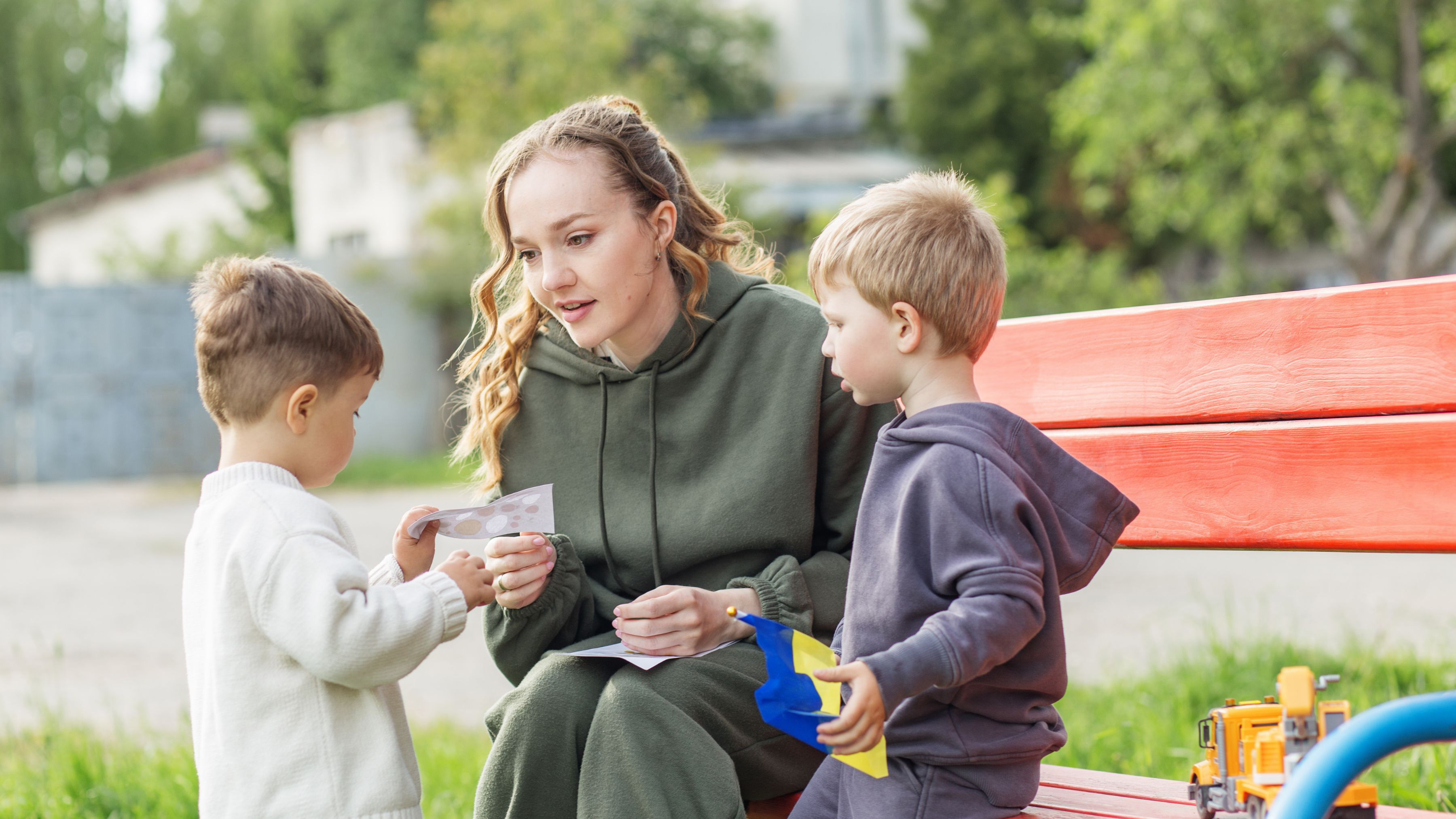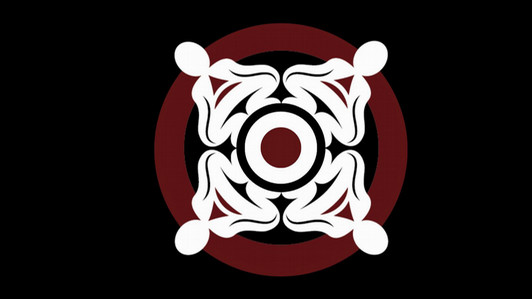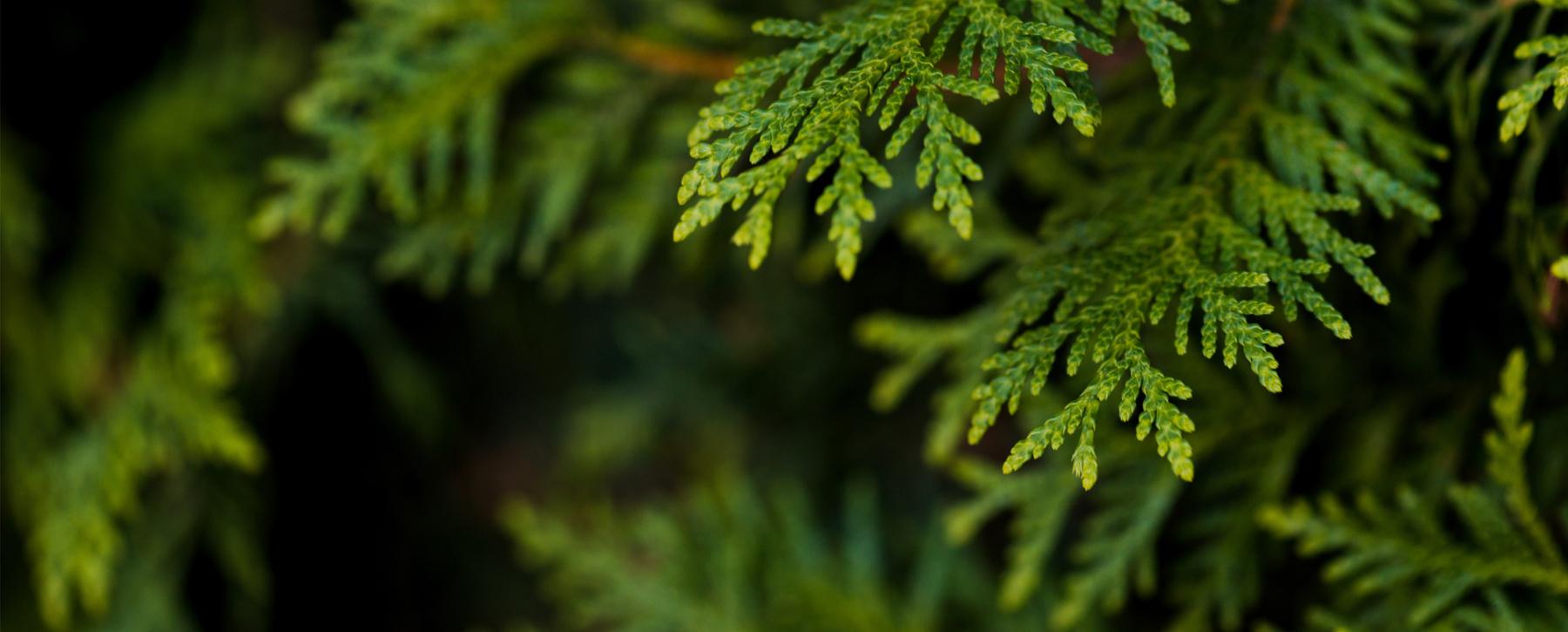
School of Child and Youth Care
Be part of a program that’s changing what care looks like.
At the School of Child and Youth Care at UVic, we believe in the power of relationships, advocacy, and community to drive meaningful change. Here, education is more than classroom learning—it’s a commitment to challenging inequities, supporting healing and promoting well-being.
Our students and faculty are engaged in critical, community-focused work that addresses some of society’s most urgent issues, including mental health, poverty, child welfare, family violence, education and systemic racism. Whether you’re studying on campus or online, you’ll be part of a collaborative learning environment that values decolonizing approaches, lived experience and collective accountability.
Our Programs
Our programs prepare you to work alongside children, youth, families, and communities in ways that are ethical, respectful, and rooted in social justice. Through a blend of academic study and hands-on learning, you'll develop the knowledge, skills, and critical perspective needed to lead, support, and advocate in diverse practice settings.

Bachelor of Child & Youth Care
This program offers flexible study options, including online learning and a diploma-to-degree pathway, and includes three supervised practica.

Master of Arts in Child, Youth, Family & Community Studies
Designed for professionals in the field, our graduate program supports part-time or full-time study and includes optional specialization areas.

PhD in Child, Youth, Family & Community Studies
Pursue advanced scholarship in child and youth care with a focus on critical, practice-based, and community-engaged research.
Electives
Customize your journey with electives in Child & Youth Care. Engage with pressing social issues, learn from diverse communities, and build practical skills to broaden your education.
Careers in Child & Youth Care
A degree in Child and Youth Care opens doors to a wide range of meaningful, impactful careers. Our alumni are frontline practitioners, policymakers, educators and changemakers—working every day to build more just and caring communities. Whether you're working directly with children, youth and families or shaping programs and policies behind the scenes, you'll be part of a growing field rooted in care, advocacy, and social change.
Some examples of the dynamic career paths available in child and youth care are:
- Child and Youth Care Worker
- School-Based Youth Worker
- Youth and Family Counsellor
- Youth Outreach Worker
- Family Support Worker
- Early Childhood Interventionist
- Child Protection Social Worker
- Residential Youth Worker
- Youth Addictions Support Worker
- Mental Health Support Worker
- Child and Youth Recreation Worker
- Educational Assistant
- Youth Justice Worker
- Behaviour Interventionist
- Supported Child Development Consultant
- Child and Youth Program Coordinator
News & stories

Community Wellness
In 2016, Salish artist Dylan Thomas created Community Wellness as a symbol for the School of Child and Youth Care. Four human figures join to form a circle around the center, which represents First Nations youth and culture. The figures stand for families, relationships, culture and communities, showing that only when all are present does the circle hold its strength. The drum carries this teaching as a witness and a reminder that true wellness comes from harmony, care and the protection we create together.

Transformation Pole
Carved in 1993, the Transformation Pole was raised to mark the School of Child and Youth Care’s 20th anniversary. Shaped from red cedar, it depicts the Salish Thunderbird—part eagle and part human—embracing a child within its wings. This image speaks of protection, transformation and the spirit of contentment. Once a living tree, the pole now stands at the school’s entrance as a guardian and guide, reminding us of the ongoing work of reconciliation and the responsibility we share to children, youth, families and communities.

